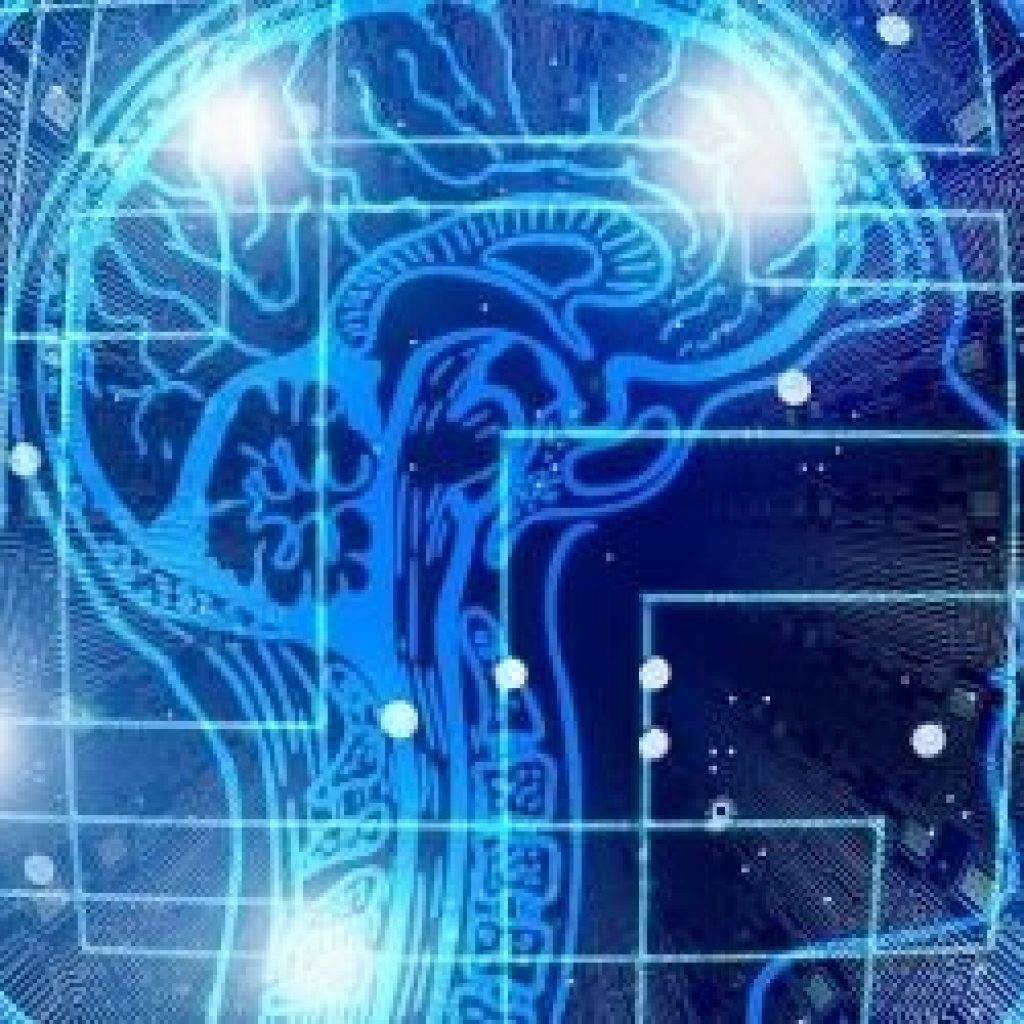(SingularityHub) An international collaboration led by Dr. Philip Walther at the University of Vienna took the “classic” concept of reinforcement learning and gave it a quantum spin. They designed a hybrid AI that relies on both quantum and run-of-the-mill classic computing, and showed that—thanks to quantum quirkiness—it could simultaneously screen a handful of different ways to solve a problem.
The result is a reinforcement learning AI that learned over 60 percent faster than its non-quantum-enabled peers. This is one of the first tests that shows adding quantum computing can speed up the actual learning process of an AI agent, the authors explained. In simulations using 10,000 AI agents and actual experimental data from 165 trials, the hybrid approach, when challenged with a more complex problem, showed a clear leg up.The key word is “complex.” The team found that if an AI agent has a high chance of figuring out the solution anyway—as for a simple problem—then classical computing works pretty well. The quantum advantage blossoms when the task becomes more complex or difficult, allowing quantum mechanics to fully flex its superposition muscles. For these problems, the hybrid AI was 63 percent faster at learning a solution compared to traditional reinforcement learning, decreasing its learning effort from 270 guesses to 100.
Many attempts have tried speeding up reinforcement learning. Giving the AI agent a short-term “memory.” Tapping into neuromorphic computing, which better resembles the brain. In 2014, Briegel and colleagues showed that a “quantum brain” of sorts can help propel an AI agent’s decision-making process after learning. But speeding up the learning process itself has eluded our best attempts.
The team’s key insight was to tap into the best of both worlds—quantum and classical computing. Rather than building an entire reinforcement learning system using quantum mechanics, they turned to a hybrid approach that could prove to be more practical. Here, the AI agent uses quantum weirdness as it’s trying out new approaches—the “trial” in trial and error. The system then passes the baton to a classical computer to give the AI its reward—or not—based on its performance.
Researchers Design Hybrid AI Using Both Quantum & Classic Computing; Results 60% Faster than Non-Quantum Enabled
